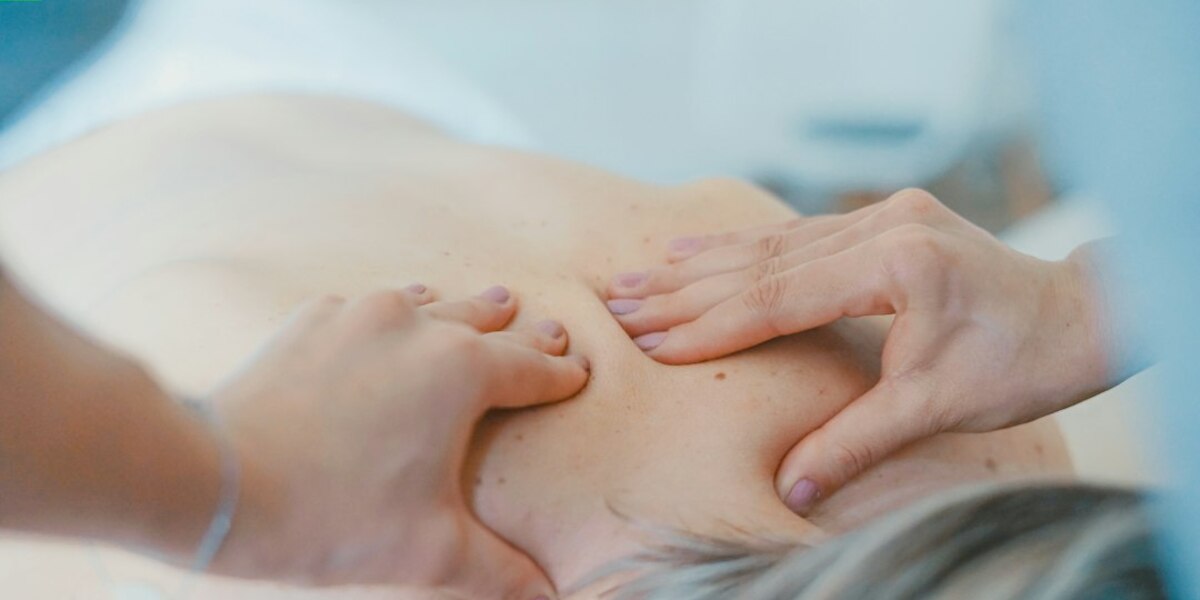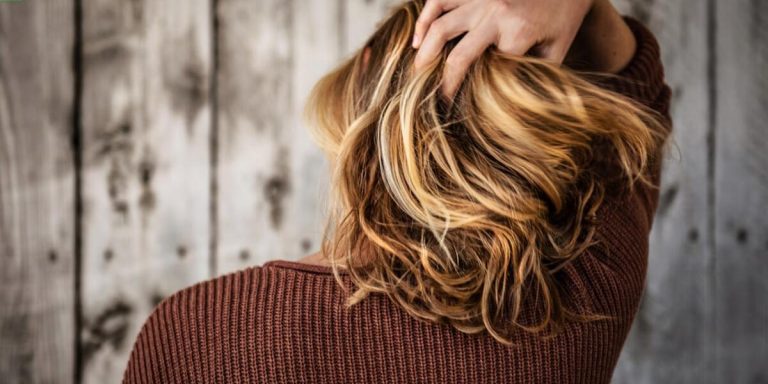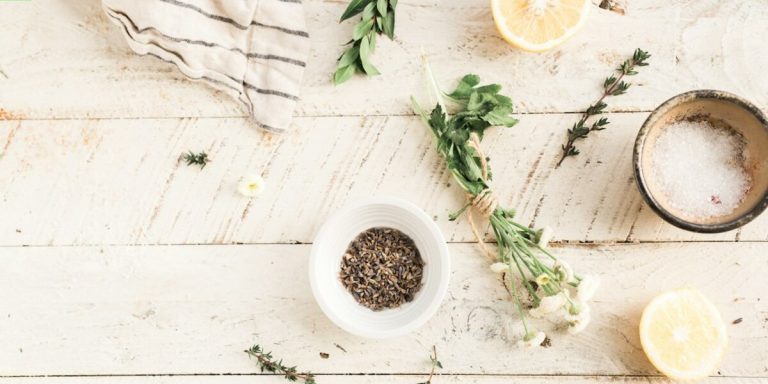Chest Hair Men’s Health: A Comprehensive Guide on Maintaining and Understanding its Role
Chest hair often plays an understated role in discussions about men’s health. Careful maintenance and understanding of chest hair can make it not only a characteristic feature of masculinity but also a window into broader aspects of male bodily well-being. Diving deep into the subject—chest hair and men’s health—is essential as it unravels unexplored areas around men’s grooming habits and their relevance to overall vitality.
Many people know that scalp health is important for overall wellness, but few realize the role chest hair plays in one’s well-being. This guide aims to offer key insights into maintaining your chest hair and educate you on its connection to male fitness.
Did you know?
Contrary to popular belief, chest hair isn’t just for appearance. It actually plays a critical role in distributing sweat away from the skin which may help regulate body temperature and potentially prevent certain skin infections.
Understanding the Role of Chest Hair in Men’s Health
Chest hair serves as a distinguishing feature of men’s health and masculinity, offering more than aesthetic appeal. It performs specific biological functions crucial for well-being, playing a vital role in overall health. While current beauty standards may push certain narratives about chest hair, its contributions to men’s health extend beyond societal contexts.
Increased testosterone levels during puberty cause men to grow chest hair, indicating proper functioning of male hormones essential for maintaining good bodily health. Chest hair density can provide insights into hormonal balance or potential deficiencies and serve as a diagnostic tool for detecting underlying conditions, such as hypogonadism.
Contrary to the popular belief that links excessive body hair with unhygienic traits, properly cleaned and groomed chest hair offers protective advantages. It shields against harmful environmental elements like dirt particles and UV radiation exposure, protecting the skin tissues underneath and promoting healthier skin.
Lastly, the psychological impacts on mental wellness are significant. Accepting one’s unique physiological features, such as variations in chest hair growth patterns, fosters positive self-esteem. This acceptance helps achieve holistic men’s health goals. Being comfortable ‘in your own fur’ results in a better disposition and gradually encourages healthier attitudes.
The Connection Between Chest Hair and Hormone Levels
Diving straight into our topic, your chest hair can be much more than a symbol of masculinity or fashion statement. Yes, it has deep ties with hormone levels and subsequently men’s health.
Surprisingly enough, the presence and density of chest hair in men are largely determined by their underlying hormones. The most critical among these is testosterone – an essential male sex hormone that also plays key roles within various other body systems.
When your testosterone levels fluctuate, you might notice changes in body hair growth patterns. As you examine your chest hair during your daily grooming, remember it provides insights into your hormonal health.
Let’s look at three ways how this connection manifests itself:
1\. Hair Growth Spurts: A sudden increase or decrease in chest hair could signal drastic shifts in testosterone production.
2\. Stress Response: Chronic stress disrupts normal hormonal functions which may result in inconsistent hair growth across regions including the chest area.
3\. Age-Related Changes: Aging brings along decreasing testosterone volumes whose side effects might include thinning out or graying of existing hairs on the chests.
Keep in mind that although bodily discrepancies deserve attention, they shouldn’t immediately cause panic. Your genetics greatly influence these differences, along with environmental factors such as diet and lifestyle habits. These elements contribute to the individual variances observed within ‘normal’ ranges for traits like chest hair.
Chest Hair as an Indicator of Overall Well-being
Chest hair, often seen as a simple characteristic of male physiology, can actually serve as an insightful marker for overall well-being. The relationship between chest hair and men’s health has been researched extensively. Let’s delve deeper into this topic.
Firstly, understand that chest hair does not directly imply a specific health state. However, many cases show chest hair men’s health correlations due to hormonal influences. Excessive growth could indicate higher testosterone levels possibly linked with conditions like heart disease.
On the flip side though – while less common – sparse or absent body hairs might point towards lower testosterone levels suggesting potential issues like hypogonadism where your testes produce few hormones leading to mood disturbances among other symptoms.
Genetics also plays a significant role in determining both our appearance and predisposition towards certain illnesses; hence familial traits should always be taken into account when considering physical indicators like chest hair patterns for underlying medical concerns.
Managing Chest Hair for Optimal Skin Health
Chest hair management involves more than just aesthetics; it plays a significant role in men’s health. In 2023, awareness about the importance of proper grooming for optimal skin health is increasing. Chest hair care is becoming a focus.
Each man may have a different approach to managing his chest hair, with some preferring to keep it natural and others opting for complete removal. Regardless of preference, maintaining hygiene and regular upkeep are universal needs.
Maintaining your chest hair is not only about looking well-groomed; it also plays a crucial role in your skincare routine. Trimming or shaving regularly:
- Prevents excess sweat buildup
- Reduces bacterial growth that can cause acne outbreaks or folliculitis (inflamed hair follicles)
- Avoids trapping dirt that clogs pores
- Prevents blocked sweat ducts which could result in dangerous heat rashes, particularly in the summer
Effective Grooming Techniques to Maintain Healthy Skin Underneath
Gone are the days when heavy chest hair was a symbol of masculinity; today’s man is keen on maintaining an appealing physique that includes proper grooming and care. This isn’t just about aesthetics, it also plays an essential role in men’s health.
Chest hair can often lead to sweat accumulation, causing skin irritation or infections if not properly managed. But fear not as we detail effective grooming techniques to maintain healthy skin underneath your chest fuzz.
Exfoliate once per week to remove dead cells from the epidermis, the outermost skin layer. But remember to scrub gently – avoid harsh scratchiness that can leave your skin red and raw. Additionally, moisturize regularly after showering to maintain high hydration levels and prevent dryness-related cracks or peeling, especially in areas like the upper half of your torso, including the pectoral zones.
Avoiding Common Pitfalls: In-Grown Hairs and Skin Irritation
To maintain chest hair for optimal skin health and avoid ingrown hairs and skin irritation, follow these tips:
1. Use Razor with Care: Improper use of razors is a leading cause of in-grown hairs. To prevent this, always shave in the direction of your hair growth rather than against it.
2. Exfoliation is Essential: Regular exfoliating keeps the pores open by removing dead cells that block them, reducing chances of ingrowns.
3.Regular Trimming Instead Of Shaving: If possible, opt for regular trimming over shaving as it reduces the likelihood of razor burn or cuts which can lead to irritated skin.
4.Use Moisturizer Post Grooming: A good moisturizer not only soothes your freshly groomed chest but also prevents dryness that could give rise to irritable conditions such as folliculitis.
Tight clothing immediately post-shaving creates friction causing inflammation and itchiness. Always wear loose clothing made from natural fibers until any residual irritation subsides.
6.Select Quality Products: When purchasing grooming tools or products – prioritise quality over price whenever possible; cheaper options might irritate your skin or even result into an infection if they’re not clean enough.
Nutrition and Lifestyle Choices Affecting Men’s Chest Hair Health
Chest hair often gets overshadowed by concerns related to muscle growth and cardiovascular fitness in the debate about men’s health. Yet, it signifies hormonal balance and overall wellness in males. One’s chest hair condition can help identify potential underlying health issues or signal nutritional deficiencies.
Certain nutrients are identified as particularly beneficial for men’s chest hair health. These include:
- Biotin (Vitamin B7)
- Vitamin E
- Protein-rich foods
These are essential for maintaining healthy hair across all body parts as awareness of how our diet affects bodily functions, including hair growth patterns, increases.
Key Nutrients That Promote Healthy Hair Growth
Promote healthy hair growth by focusing not just on exterior care like trimming and oil application, but also on nurturing from within, especially for men’s chest hair health. Adequate nutrition plays a pivotal role in the length, thickness, and overall quality of your mane.
What nutrients should you precisely focus on? We’ll explore key nutrient groups essential for enhancing men’s chest hair health:
1. Proteins: Your body relies heavily on protein intake for hair growth as each strand comprises largely keratin- an essential type of protein substance.
2. B Vitamins: Notably Vitamin B7 (or biotin) carries impressive benefits towards improving the density and strength of chest hairs when consumed appropriately.
3. Zinc & Iron: These minerals facilitate efficient cell reproduction which leads to faster growth while minimizing brittleness caused due to nutritional deficiencies.
4. Omega-3 Fatty Acids: Loaded with antioxidants and anti-inflammatory properties; they bolster follicle health lending greater volume and sheen.
You may get these nutrients naturally through food items such as eggs, spinach, avocados almonds etc.. However consuming supplements only after consulting a professional is highly advisable since over-consumption can have adverse implications too.
Making conscious dietary changes can significantly enhance not just potency but also maintain longevity ensuring you sport a full-bodied muscular appearance throughout seasons!
Lifestyle Habits That Can Impact the Thickness and Texture of Chest Hair
Make everyday dietary decisions that promote healthy chest hair growth by eating a balanced diet rich in protein. Support strong hair follicles and maintain their shine and silkiness by including:
- Lean meat
- Eggs
- Lentils
These foods can improve overall wellness and enhance chest hair quality.
Simultaneously keeping oneself hydrated throughout day aids immensely with enhancing both scalp and body’s skin condition which directly influence any underlying strands’ health.
Apart from food intake, certain wellness practices have shown encouraging effects on chest fur thickness too. Regular exercise enhances blood circulation thus supplying necessary nutrients to all areas including ones covered by fluff resulting into stronger locks over time .
Smoking is another habit that contributes negatively towards hairy assets . This practice constricts veins leading to less nutrient supply causing duller fuzz texture eventually.
In addition grooming routines greatly shape what one observes externally; using harsh chemical filled products strips away natural oils leaving behind brittle bunches whereas sticking to organic items keeps them soft supple radiant maintaining healthier outlook even post wash sessions.
Lastly ensuring adequate sleep pattern has been seen beneficial cause during rest bodies regenerate cells allowing better nourishment hence maximizing vitality extent within every lock atop chests primarily improving it afresh each morning.
Conclusion
In conclusion, the intriguing topic of men’s chest hair and health combines aesthetics and well-being. To maintain it properly, you need to thoroughly understand your body’s natural processes and functions. With the right knowledge base—covering its role in our physiology and maintenance methods—we’ve discussed throughout this guide, you can celebrate what might seem like trivial fuzz as a central part of your unique masculinity.
Explore the ‘Hair Health’ section on our website for limitless wisdom if you want a deeper insight into your hair. Each strand tells a story, so nurture them well to help define who you are!







